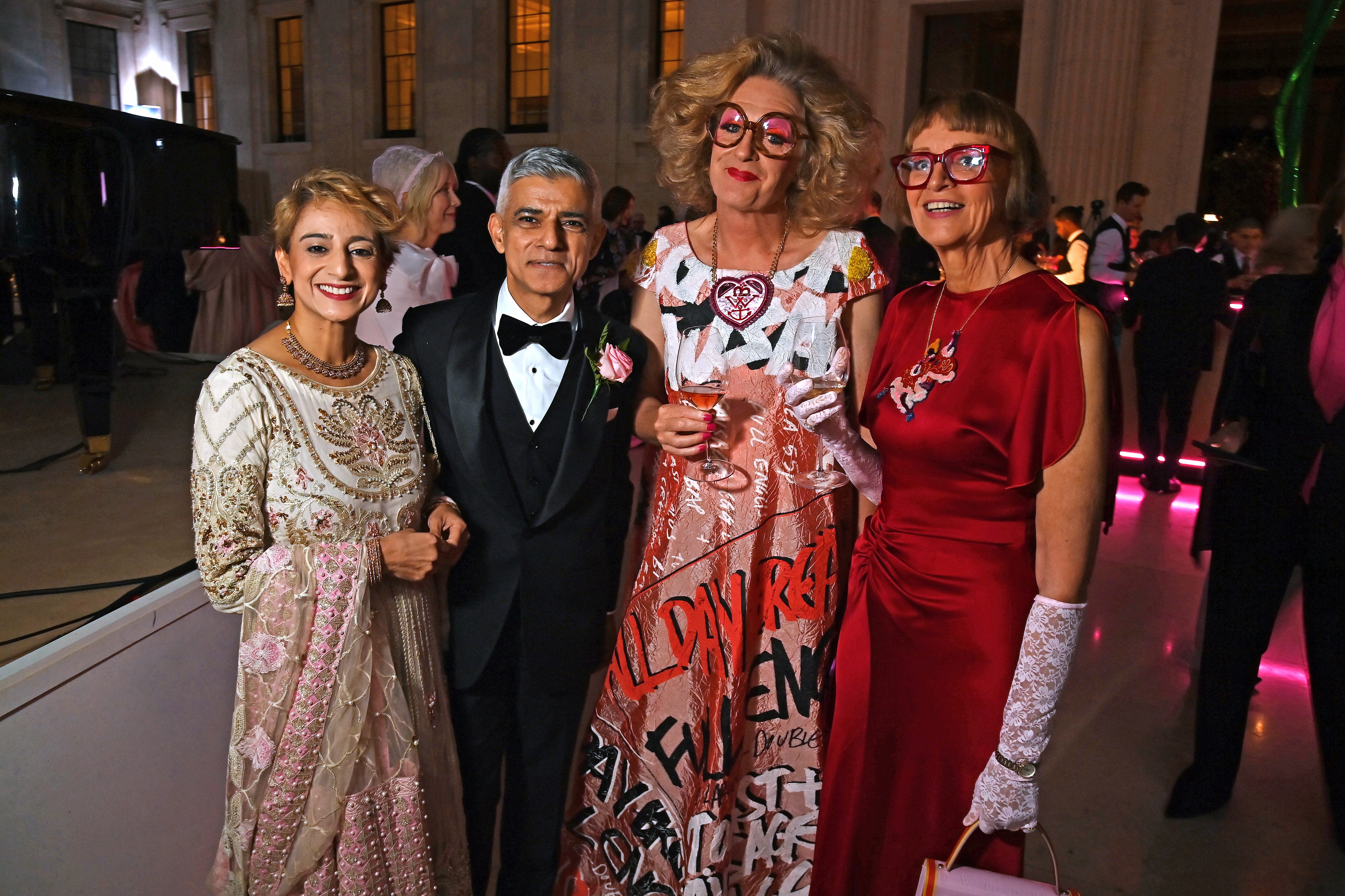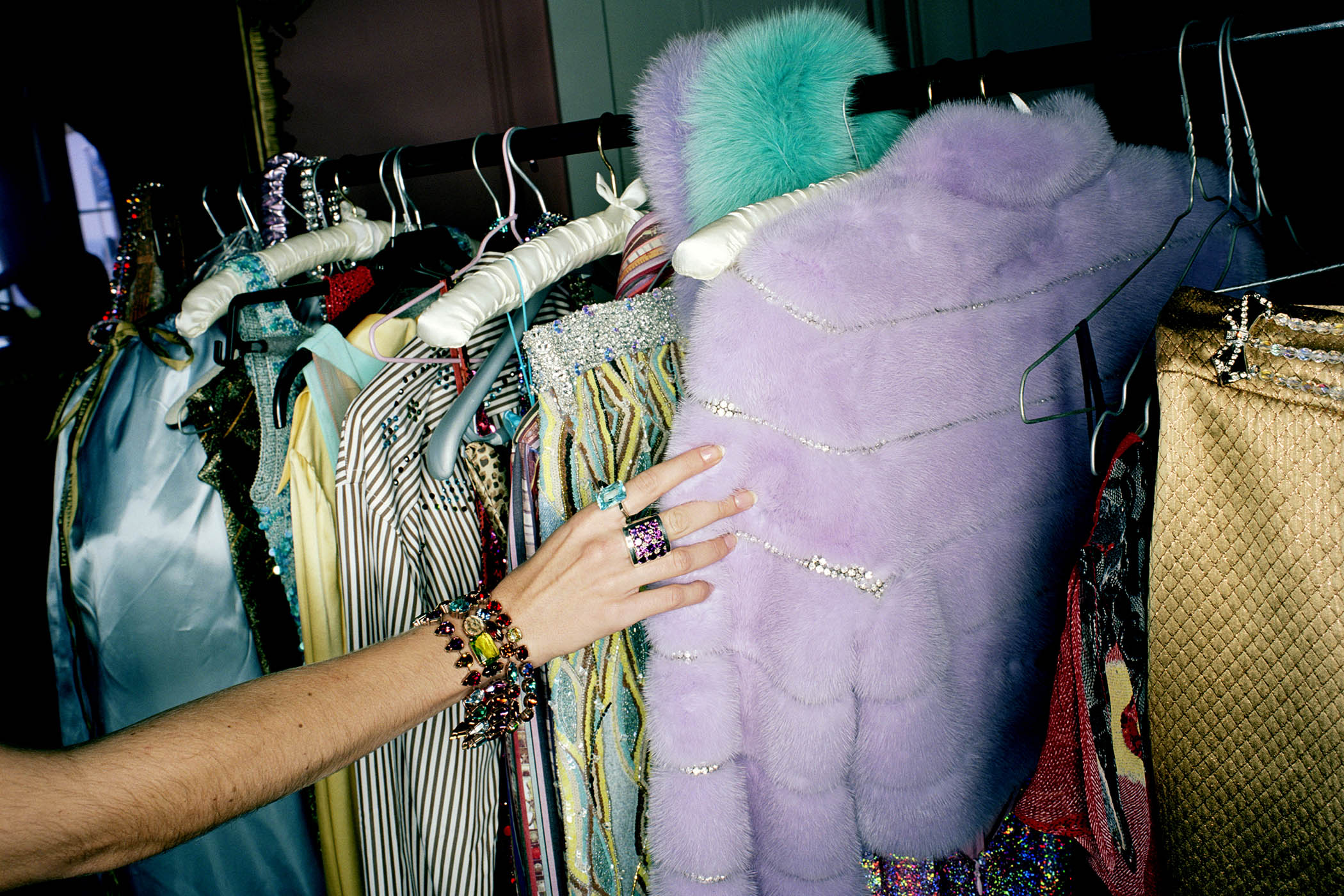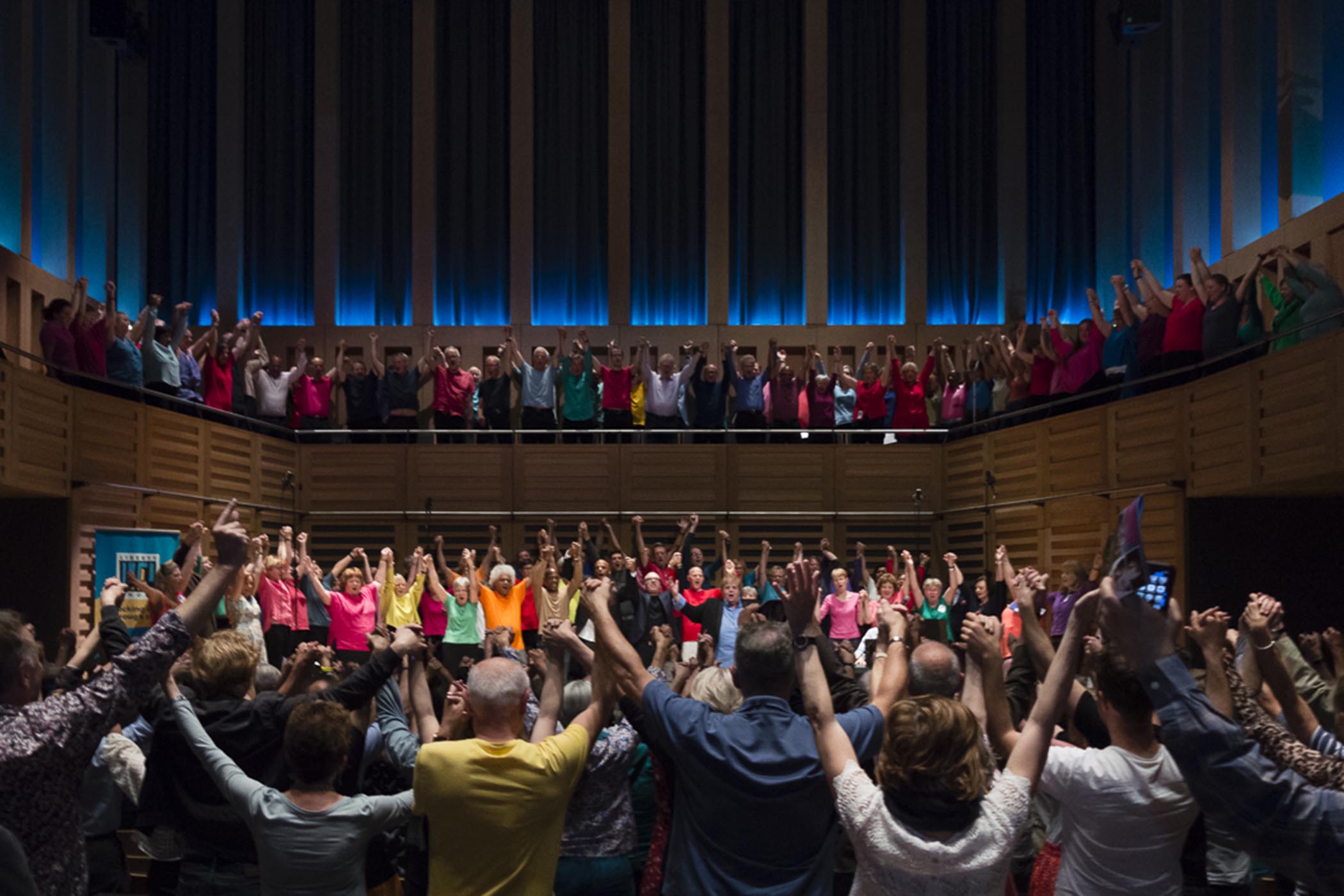The British Museum Ball was most expressly meant to be pink. Pink-clad glitterati strutted down a pink carpet. Pink champagne flowed at the bar. “Pink Pony Club” apparently featured in a DJ set.
The attention-grabbing theme of the event spoke volumes. This was not a usual fundraiser, but a masterful tableau of museum philanthropy in the UK today, attended by celebrities including Mick Jagger, Tracey Emin and Naomi Campbell, as well a number of well-known financiers. Private money has never been more scrutinised for its funding of the arts, but neither has it ever been more sought after.
Lately, record-breaking donations have been hitting the headlines. In quick, superlative-laden succession: the British Museum received its most valuable object gift ever, the National Gallery landed the largest cash donations in museum history, while the London Museum, Courtauld Gallery and Science Museum received some of their biggest gifts to date. Last year, charitable giving to major museums and galleries jumped by 72% to over £317m. This year may surpass that.
The pursuit of private money picked up over a decade of public funding cuts and the chipping away of corporate sponsorships – with most of it sought from philanthropic foundations. Between 2010 and 2023, the British government slashed arts funding by 18% and became one of Europe’s lowest spenders on culture. The Covid-19 pandemic and subsequent cost-of-living crisis further strained budgets, even as footfall slowed. So cash-strapped museums started adopting American-style philanthropy, says Joe Dunning, an arts business development specialist.
Across the pond, where public funding has historically been much lower, charitable donations are 45 times greater than in the UK. Institutions are well-versed in the art of engaging donors – whether through throwing swanky galas, approaching trusts and foundations, or wooing younger patrons. The transition to a mixed-funding model that prioritises private money has been a long time coming for British museums. “The significant donations in the last few months have not happened overnight,” Dunning says. “These institutions have been working for many years to cultivate the relationships necessary to receive them.”
Related articles:
This courting of well-heeled patrons points to another question: why aren’t more businesses willing to step up and support the arts? Director of the V&A Tristram Hunt recently made the case that the UK culture sector will prove ever more attractive in the context of geopolitical turmoil elsewhere and that now is the time to “buy the dip”.
‘These significant donations did not happen overnight. These institutions cultivated the right ties for many years’
Joe Dunning, arts specialist
But business is burnt. Protests over the business models of corporate sponsors have been rising – from attacks on fossil fuel sponsorship to the boycott of literary festivals in 2024 for taking money from investment firm Baillie Gifford. Outside the Pink Ball, the familiar sound of campaigners demanding that the British Museum drop BP as a sponsor could be heard; inside, one protestor gained access and made it up on stage to stand alongside George Osborne, chair of the board of trustees.
In May, the V&A, British Museum and the National Gallery issued an open letter warning that these sorts of boycotts and public pressure are “jeopardising their survival”. In July, however, the Museums Association updated its guidance on corporate sponsorship, urging UK museums to “transition away” from companies with ties to “environment harm”.
Museums are battling to come to terms with a practical dilemma that has long existed. Potential sponsors find it hard to justify arts sponsorship to shareholders as it rarely benefits the bottom line directly – and for no small amount of reputational headache. The smattering of corporate sponsorships announced this year have tended to be bespoke and ethically badged, such as Adani Group’s £4m sponsorship of the Science Museum’s green energy exhibition, or Tiffany’s support for the first Artist-to-Artist new talent initiative at the Frieze.
Increasingly, arts organisations rely on the passions of specific C-suite individuals. In the case of Barclays’ sponsorship of the Donmar Warehouse, for instance, then CEO Bob Diamond was personally committed to theatre and, as the financial services sector was struggling with a post-2007 reputation risk, could persuade shareholders that burnishing Barclays image among the Donmar’s ABC1 crowd at least didn’t damage the company.
In the case of Baillie Gifford, partner Peter Singlehurst believed personally in supporting literary festivals and enjoyed socialising with top-name authors. When the company’s reputation began to suffer, his personal predilections were insufficient to fend off investor anger. The truth is, not enough people want to pay to see art for the museum sector to survive without government or corporate cash.
With both losing interest, private donors offer a route to a rosier moment for the arts.
Dave Benett/Getty Images; Hoda Davaine/Getty Images



